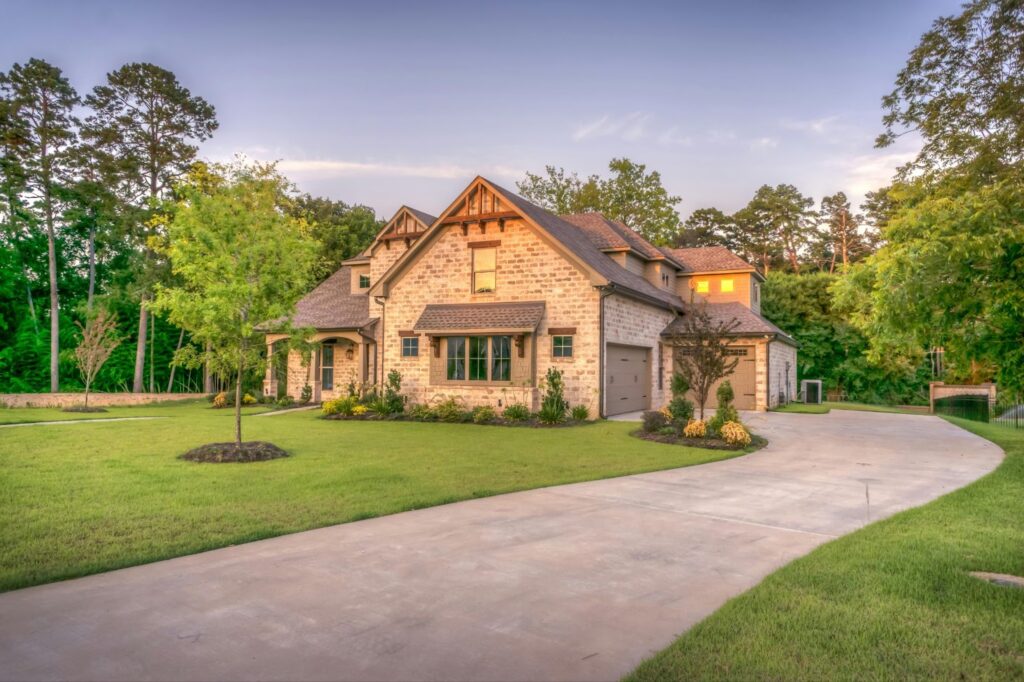Landscape lighting transforms ordinary outdoor spaces into captivating nighttime environments, enhancing both the beauty and functionality of your property. When properly installed, outdoor lighting can highlight architectural features, illuminate pathways for safety, and create an inviting atmosphere for evening gatherings. This comprehensive guide explores everything you need to know about professional landscape lighting installation from planning to maintenance.
Understanding the Benefits of Landscape Lighting
Before diving into installation techniques, it’s important to recognize why landscape lighting deserves consideration for your outdoor space. Quality outdoor lighting extends the usability of your landscape well beyond daylight hours, allowing you to enjoy your garden, patio, or deck long after sunset.
Security represents another significant advantage, as well-lit properties deter potential intruders and reduce hiding places around your home. According to the International Association of Certified Home Inspectors, homes without adequate outdoor lighting are more vulnerable to break-ins than those with strategically placed illumination.
From an aesthetic perspective, thoughtfully designed lighting dramatically enhances your property’s curb appeal, accentuating the features you’ve already invested in. The soft glow of landscape lights can transform ordinary trees into dramatic sculptures and turn simple garden beds into nighttime showcases.
Planning Your Landscape Lighting Design
Successful landscape lighting begins with thoughtful planning. Start by walking your property at night with a flashlight to identify areas that would benefit from illumination. Consider primary pathways, entry points, gathering spaces, and distinctive landscape features worth highlighting.
When designing your lighting plan, remember that less is often more. The American Lighting Association suggests that subtle lighting creates more sophisticated results than flooding your yard with brightness. The goal is to create gentle layers of light rather than a uniform wash of illumination.
Sketch your property layout and mark potential fixture locations, keeping in mind the various lighting techniques professionals employ:
Path lighting illuminates walkways and creates visual guidance through the landscape. Uplighting directs light upward to highlight trees, architectural elements, or garden features. Downlighting mimics moonlight by placing fixtures in trees or on structures to cast light downward. And accent lighting focuses attention on specific landscape features, sculptures, or water elements.

Selecting the Right Equipment
Choosing quality equipment ensures longevity and performance from your landscape lighting system. Modern lighting systems typically use low-voltage (12-volt) equipment, which is safer to install and operate than traditional 120-volt systems.
The Landscape Lighting Institute recommends investing in solid brass, copper, or stainless steel fixtures for durability in outdoor environments. While these materials command higher prices initially, they resist corrosion and weathering, ultimately providing better long-term value than plastic or aluminum alternatives.
LED technology has revolutionized landscape lighting with its energy efficiency and longevity. Though more expensive upfront than halogen options, LED fixtures consume approximately 80% less electricity and can last up to 25 times longer, according to the U.S. Department of Energy. This efficiency significantly reduces both energy costs and maintenance requirements.
The transformer represents the heart of your lighting system, converting standard household current to safer low voltage. Select a transformer with sufficient capacity for your system, including allowance for future expansion. A good rule of thumb is to choose a transformer with 20% more capacity than your initial installation requires.
Installation Process
The installation process requires attention to detail and careful execution. Begin by establishing the transformer location near an outdoor GFCI outlet, ideally in an inconspicuous spot protected from the elements. The transformer should be mounted at least 12 inches above ground level.
When running cable throughout your landscape, follow a layout that minimizes cable length while reaching all fixture locations. The main cable should be buried in shallow trenches approximately 6 inches deep, with landscape staples securing sections that remain above ground. According to professional landscape lighting experts, properly buried cables protect your system from damage while maintaining landscape aesthetics.
Fixture installation varies by type but generally involves securing the base, connecting to the main cable using waterproof wire connectors, and adjusting the fixture angle for optimal lighting effect. Take time to test each fixture during installation, as adjustments are easier before finalizing the system.

Advanced Considerations
Modern landscape lighting systems offer sophisticated control options that enhance both convenience and efficiency. Smart controllers allow programming of lighting zones with different on/off schedules, brightness levels, and even color temperatures in some advanced systems.
Astronomical timers automatically adjust lighting schedules based on seasonal sunset and sunrise times, ensuring your lights activate at the appropriate time year-round without manual reprogramming. Many systems now offer smartphone control through dedicated apps, allowing remote adjustments to your lighting.
Voltage drop presents a technical challenge in landscape lighting installations. As electricity travels through cable, resistance causes voltage reduction, potentially dimming fixtures located far from the transformer. Professional installers at All Environmental Design calculate voltage drop and implement mitigation strategies such as heavier gauge wire or multiple transformer locations for extensive installations.
Maintenance Requirements
Even the highest quality landscape lighting requires periodic maintenance to perform optimally. Establish a quarterly maintenance routine that includes cleaning fixture lenses, checking for water intrusion, trimming vegetation that may block light, and ensuring connections remain secure and corrosion-free.
Seasonal adjustments may be necessary to maintain your desired lighting effects as plants grow and landscapes evolve. Winter months require special attention in areas with snow accumulation, as fixtures can become buried or damaged by snow removal activities.
LED fixtures dramatically reduce bulb replacement requirements, but occasional failures still occur. Keep records of your system components to streamline replacements when needed.
When to Call the Professionals
While simple landscape lighting projects may tempt homeowners toward DIY installation, complex systems benefit tremendously from professional expertise. Landscape lighting professionals bring specialized knowledge of electrical requirements, lighting design principles, and installation techniques that ensure optimal performance and longevity.
The team at All Environmental Design possesses the technical training and artistic vision to create lighting designs that enhance your property’s unique features. Their experience allows them to anticipate and prevent common installation pitfalls that often plague amateur installations.
Professional installation ensures your system meets all electrical codes and safety requirements, providing peace of mind alongside beautiful results. Additionally, reputable landscape lighting companies stand behind their work with warranties and ongoing maintenance support.
Illuminating Your Landscape with Expertise
Landscape lighting represents a significant investment in your property’s beauty, safety, and functionality. While this guide provides foundational knowledge, achieving truly exceptional results requires both technical expertise and artistic sensibility.
Rather than risking disappointment with a DIY approach, consider partnering with the landscape lighting specialists at All Environmental Design. Their comprehensive approach includes professional consultation, custom design, quality installation, and ongoing support to ensure your landscape lighting continues to impress for years to come.
Contact All Environmental Design’s professional landscape lighting team today to transform your outdoor space with expertly designed and installed illumination that enhances your property’s beauty while providing the security and functionality your family deserves.
